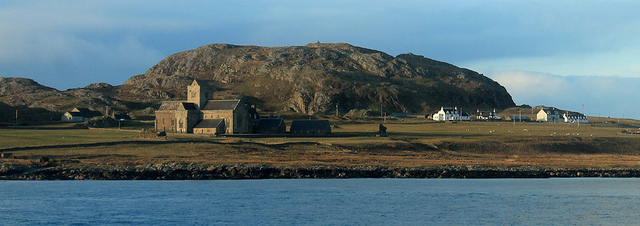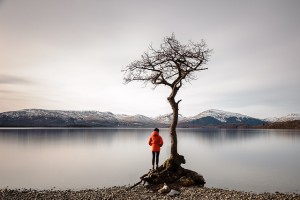Because of the forest vistas, majestic mountains, and the endless sky, nature and landscapes remain a favorite subject for photographers. From sun rise to sunset, and often beyond, nature provides infinite inspiration for gorgeous images. You don’t have to travel far either. You can pick a single location and go back to it daily and find entirely different scenes to capture. Seasonal changes in the weather, flora, and fauna all contribute to the ever changing scene nature provides us!

Nature and landscape photography is a terrific way to practice and develop your image capturing skills because it requires both the creative and technical skills to create a composition that captures the mood of the scene as well as the extremes of light and shadow (Dynamic Range).
What’s challenging about nature photography is capturing the significance of what’s in front of you without the aid of song birds, floral odors, or the breeze on the air. Some composition techniques are too identify the your center of interest, the use of leading lines, putting the horizon of center (rule of thirds), and framing go a long way in communicating a scene of grandeur and beauty the you are seeing in your scene.

Light quality plays a big role in nature photography. The sunlight at low angles during sunrise and sunset create the long shadows that give your image a senses of depth as well as the rich hues those times of day add. Fog creates mystery, the diffused light from an overcast enriches colors, rain dapples leaves with interesting patterns of reflecting water drops.
Our modern digital cameras, both the DSLR and point-and-shoot, have an “outdoor” mode. This may be called “landscape” or something similar depending on your camera’s manufacturer. These give great results for an everyday average scene. Of course you can use the aperture, shutter, or manual mode too.
Landscape Photography Practice
One way to begin learning to capture landscapes is to take a shot in landscape mode an note the camera’s settings and how the image looks. Then switch over to manual mode and set the ISO, white balance, aperture, and shutter speed to match the automatic landscape mode. Now experiment by changing the different settings noticing how that effects the image.

Once you have found a place that gives you some sort of emotional response. Try different positions, forgoing elements, and focal lengths to capture a sense on that emotion you feel. Observe the overall scene and the components that make it compelling. Look for scenes within the overall scene the can be separate compositions, or that can be used as the center of interest for the overall scene.
Keep an eye out for naturally occurring elements like fence lines, or winding streams and roads, to craft classic compositions.
Consider if including more or less of the sky will enhance your image. Often a stormy sky can add drama and color too a scene.
Tips for Landscape and Nature Photography
- Use the sky add a backdrop. Use a lot shooting position when you’re shooting plants and flowers or trees when they’re changing color if the sky is clear and blue.
- Use deep depth of field. Select a small aperture like f/11 or smaller. Then focus a this of the way into your scene a take the picture.
- Don’t always use a wide angle lens. Telephoto or zoom lenses perfect for a wide variety of outdoor photography, and they are especially useful when you want to isolate a center of interest in a larger scene.
- Include a person or object for scale. For example, to give a sense of size to a mountain range, include some hikers in the foreground. (like “Loch Lomond’s Famous Tree” above)
- Find different ways to frame your scene. Look for a tree to frame one side of your image, or a break in the foliage that creates a window with a long view of the scene.
Photo Credits
“Lonely” by Michal Ziembicki
“Cityscape” by Steven Pisano
“Iona Abbey” by portengaround